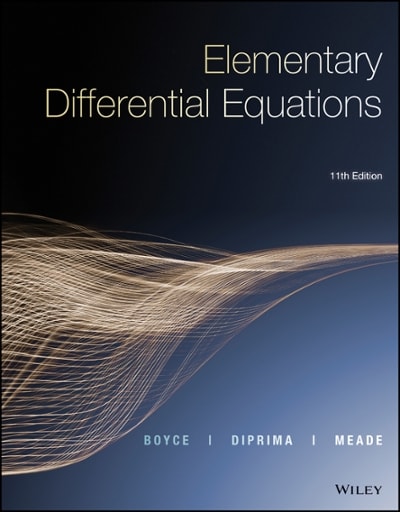Question
Underwriters at a bank have estimated the probability that two personal mortgage loans will default in the next year, arranged in the probability table below
Underwriters at a bank have estimated the probability that two personal mortgage loans will default in the next year, arranged in the probability table below - the random variable X1 denotes the status of customer 1's loan, X2 denotes the status of customer 2's loan, and each random variable is 1 if the loan defaults and 0 otherwise.
| X2 = 0 | X2 = 1 | |
| X1 = 0 | 0.94 | 0.04 |
| X1 = 1 | 0.01 | 0.01 |
1. What is the probability that loan 1 defaults?
2. Based on these probabilities do the underwriters consider the two random variables X1 and X2 to be independent?
3. The same bank also issued an auto loan to customers 1 and 2. Historically, the bank knows that 80% of customers who defaulted on their mortgages missed a car payment, while only 5% of customers who did not default on their mortgages miss a car payment. Customer 1 missed a car payment this month. After getting this new information, what is the probability (approximately) that he will default on his mortgage?
4. Now suppose it was customer 2 who missed a car payment this month. What is the probability that he will default on his mortgage in the next year?
Step by Step Solution
There are 3 Steps involved in it
Step: 1

Get Instant Access to Expert-Tailored Solutions
See step-by-step solutions with expert insights and AI powered tools for academic success
Step: 2

Step: 3

Ace Your Homework with AI
Get the answers you need in no time with our AI-driven, step-by-step assistance
Get Started


